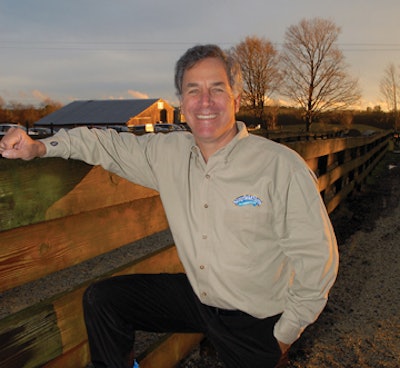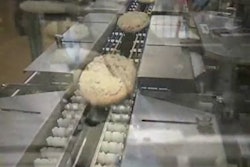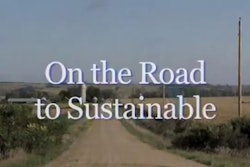Packaging World:
How do you foster innovation around packaging at Stonyfield?
Gary Hirshberg:
Stonyfield fosters innovation primarily through a team process that we initiated not just with packaging, but also with all of the major carbon footprints of the company. Our sustainable packaging team is cross-functional, so it includes people from marketing and purchasing, operations, and natural resources. Their job is to not only look near-term to implement a lot of the changes, but also quite far out over the horizon.
The team process works really well for us because it has the people closest to the work doing the innovating. It gets you away from top-down or command and control. They’re the ones who know what’s possible, they’re the ones attending the conferences, visiting with the vendors, and so on.
How important is it for the company to support employee education on sustainability?
It’s very much a part of our DNA. I’ve been doing this for 30 years—the notion of bringing sustainability to commerce—and I feel like we are just now getting in sight of the starting line. I think we are at a very, very early stage in terms of making the really significant changes that are going to be needed in American business and commerce in general. So I know that our folks at the point of contact, whether it’s cow emissions, milk reductions, packaging, or facility energy or water use, can only get informed by tuning in to what’s going on in their industries. So conferences and webinars are really a critical part of what everyone does.
When you say, ‘We are just now getting in sight of the starting line,’ are you referring to Stonyfield or the consumer packaged goods industry in general?
I’ll go even farther and say we as a society. I think that there have been a lot of myths around sustainability that we are now tackling. One myth, for example, is that recycling is the greenest thing that one can do. I think we’ve now got a correct focus on source reduction, Life Cycle Analysis, and reuse. With recycling, you get a lot of downcycling, and you’ve got a big carbon footprint.
I think CEOs, consumers, and decision-makers are starting to understand the economic wins here. As [cartoon strip character] Pogo said, ‘We are surrounded with insurmountable opportunity.’ But I think we are finally getting serious about implementing some real game-changing events.
How do you balance sustainability and economics at Stonyfield?
For us, it’s all the same thing. I wrote a book about this called “Stirring It Up: How to Make Money and Save the World,” which analyzed our first 15 or 20 years of discovering and then proving to ourselves and to others that making a business green really does save money. We proved that measuring the carbon footprint, cutting down on packaging waste, converting waste to energy, and building sustainable supplier relations all not only save money but they actually can boost consumer loyalty. This reduces our advertising costs and improves word of mouth, which is the most powerful selling engine out there.
Do you think consumers are aware of the changes Stonyfield has made in its packaging to be more sustainable? How important is it to them?
I think they definitely care, but there is a lot of confusion and I would even say misinformation out there. If you ask the average consumer what’s the number-one green thing they do, they will tell you it’s recycling. Recycling is important, but it’s a very fractional part of the total picture. Through source reduction, you eliminate far more plastic than you are ever going to recapture.
If you ask our average customer what their top three concerns are, they will say taste, health benefits, and price. Packaging doesn’t even make that list. But what our commitment to green packaging does—even if it’s fourth, fifth, or sixth on the list—is provide a level of verification to the consumer that we are really serious. This is particularly important for us as an organic foods company. It shows that there is a level of sincerity and authenticity here.
Are there any other lessons you could share regarding your experiences guiding Stonyfield in its organics and green direction?
The most powerful thing I could say is to promise only what you can deliver and deliver everything you promise. The second is that this cannot be a top-down process. First of all, you can’t get buy in when it comes from the corner office. Secondly, or I would even say reciprocally, you can generate a lot of real excitement.
The average employee wants to be compensated well, but they also want to know that their work is meaningful. And when you reward and engage them in these practices, you are giving them a chance to have meaningful work. I think it’s really important for executives to create the environment and create the opportunity, but then step out of the way so that the folks closest to the action can really make the change.



























